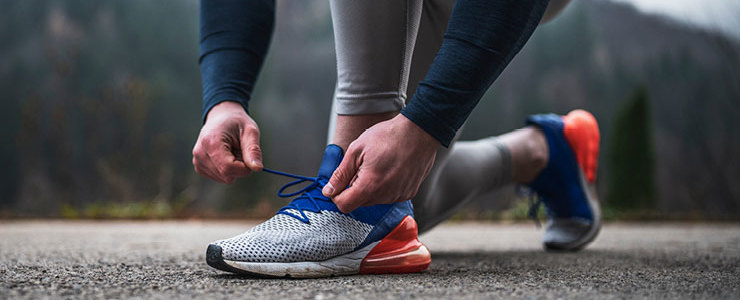Why use Thermoplastic Elastomers (TPE) for your Footwear Materials - Shoe Design Kickstart your shoe design with Thermoplastic Elastomers (TPE) Is TPE the best material for shoes? The development of footwear – and especially the sustainability of footwear – has progressed due to the introduction of various materials and components. TPE is one such material used in producing a comfortable and more sustainable shoe. It offers many properties that differentiate its value over other natural and synthetic materials such as flexibility, and durability. But knowing if TPE is the best material for your shoe depends on the characteristics that are necessary for your design. The properties of TPE Thermoplastic Elastomers known as TPEs are compounds based on styrenic block copolymers, thermoplastic urethane, and copolyester chemistries. Simply, it’s what makes our steering wheels grippy, gives our water bottles flexibility and clarity, and shoes durability. The beneficial properties of TPE are Durometer, Adhesion, Clarity, Haptics, and Skins. But how does this apply to my footwear material choice? The right TPE material can add value to your design without stretching your budget, especially when customizing TPE for your application. Durometer can range in Shore Hardness from 00, A, and D so you’re in charge of determining the flexibility of your shoe. The bondability of TPE makes application in your footwear a breeze. Clarity and color are optional properties that could differentiate your product from the rest, especially with an innovative design. While Haptics and Skins determine the feel your consumer will get when wearing the shoe. Midsole The midsole is a key component for cushioning, support, stability and shock absorption, which requires an extremely high level of comfort. This is why TPE is often used in the production of midsoles; it offers significantly higher levels of flexibility compared to traditional materials such as EVA foams. It can also be molded into complex shapes for improved cushioning, support, and shock absorbency. Heel Counter The counter or heel counter provides strength, structure and stability to the back end of the shoe. TPE is proven useful here since it can be molded into precisely fitting shapes; creating a snug fit while still allowing flexibility when moving. Vamp The vamp is the area that holds your foot in place while walking or running; it needs to be both supportive and flexible at the same time. TPE has been successfully used to improve these features, providing excellent malleability with its unique composition. Welt The welt connects the upper part to the sole of the shoe. Again, TPE demonstrates its special properties – being lightweight yet strong enough to provide lasting durability despite wear and tear over time. Shank The shank runs underneath the arch of the shoe, stiffening the middle of the shoe. The more rigid shank allows for shoes to flex at the toes (not at the arch) and resists excess torsion and flex. Picking TPE as materials for shoes Overall, TPE proves essential in producing bespoke shoes that are both comfortable and stylish day after day. At Audia Elastomers, we are a global leader in thermoplastic elastomer compounds featuring a broad range of chemistries. That, along with our ability to listen and understand your needs, allows us to customize footwear solutions based on your requirements. Take a look at our sustainable footwear article for more information on how to design your footwear with recycled content: maximizing your impact environmentally and with stakeholders. https://audiaelastomers.com/learn/tpe-material-for-footwear-design
